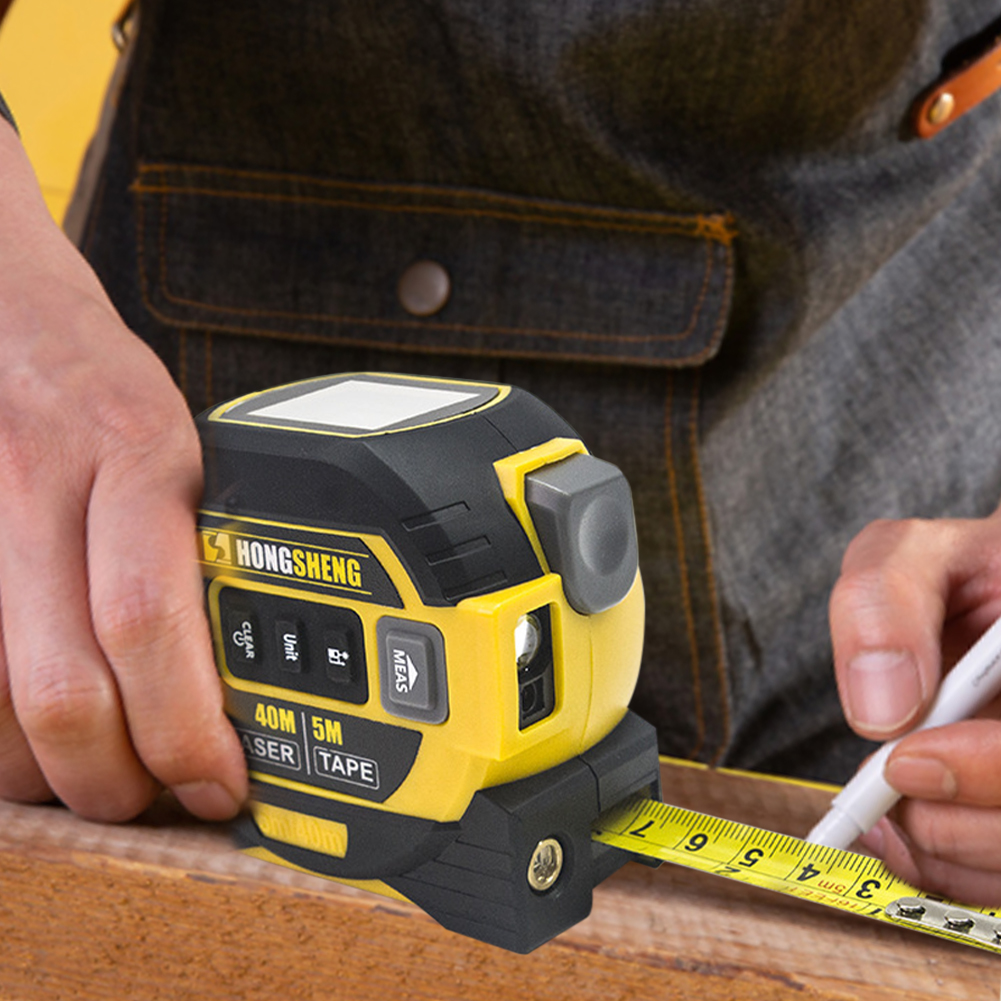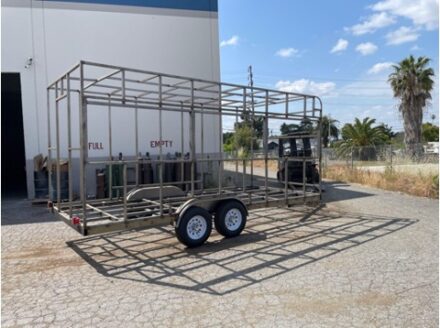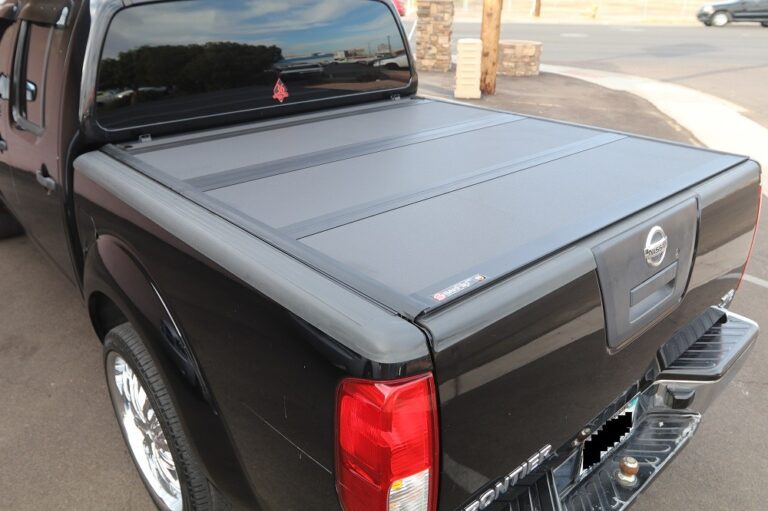How To Measure For A Pick Up Cap: A Comprehensive Guide to a Perfect Fit
How To Measure For A Pick Up Cap: A Comprehensive Guide to a Perfect Fit cars.truckstrend.com
Purchasing a pickup truck cap, often referred to as a truck topper or shell, is an excellent investment for any truck owner. It transforms your open bed into a secure, weather-protected, and versatile storage space, enhancing functionality, improving aerodynamics, and even boosting the aesthetic appeal of your vehicle. However, the success of this investment hinges entirely on one critical factor: accurate measurement.
A pickup cap isn’t a one-size-fits-all accessory. Every truck model, and often even different trim levels within the same model year, can have subtle variations in bed dimensions, rail profiles, and tailgate designs. A cap that doesn’t fit precisely can lead to a host of problems: unsightly gaps, water leaks, wind noise, compromised security, and even potential damage to your truck’s bed rails. Conversely, a perfectly fitted cap seamlessly integrates with your truck, offering optimal protection and a factory-installed look. This comprehensive guide will walk you through every step of measuring for a pickup cap, ensuring you achieve that flawless fit.
How To Measure For A Pick Up Cap: A Comprehensive Guide to a Perfect Fit
Why Accurate Measurement is Non-Negotiable
Before we delve into the "how-to," let’s reinforce why precision in measurement is paramount:
- Weather Protection: The primary function of a cap is to shield your cargo from rain, snow, and dust. An ill-fitting cap will have gaps that allow water and debris to infiltrate, defeating its purpose and potentially damaging your belongings.
- Security: A well-sealed cap provides a secure, lockable space for tools, gear, or luggage. Gaps or an improper seal can compromise the locking mechanism, making your cargo vulnerable to theft.
- Aesthetics: A cap that perfectly aligns with your truck’s cab and bed lines significantly enhances its appearance, giving it a polished, integrated look. A mismatched cap, on the other hand, can look awkward and diminish your truck’s curb appeal.
- Aerodynamics & Fuel Efficiency: A properly contoured and fitted cap can actually improve your truck’s aerodynamics, potentially leading to slight improvements in fuel efficiency by reducing drag. Gaps or poor alignment can disrupt airflow.
- Preventing Damage: A cap that’s too wide or too long can exert undue pressure on the bed rails, leading to scratches, dents, or even structural damage over time. A cap that’s too small might not clamp down securely, allowing it to shift during transit.
- Warranty & Resale Value: Many cap manufacturers require proper installation, which relies on accurate measurements, to validate warranties. Furthermore, a perfectly fitted cap adds to your truck’s resale value.

Essential Tools for the Job
Measuring for a pickup cap isn’t complicated, but having the right tools makes the process smoother and more accurate:
- Reliable Tape Measure: A steel tape measure is highly recommended. Fabric tape measures can stretch and provide inaccurate readings. Ensure it’s long enough to cover your truck bed’s length in a single measurement (usually 8-10 feet is sufficient).
- Pen or Pencil: For recording your measurements.
- Notepad or Clipboard: To keep your measurements organized.
- A Friend (Optional but Recommended): An extra set of hands can make measuring long dimensions, like bed length, much easier and more accurate by holding the tape steady.
- Flashlight (Optional): Useful for inspecting the bed rails and corners in dimly lit conditions.
- Cleaning Supplies: A rag and some all-purpose cleaner to ensure your bed rails are free of debris.


Understanding Your Truck Bed – Key Dimensions
The core of measuring for a pickup cap involves capturing three primary dimensions of your truck bed, along with other critical identifying information.
-
Bed Length: This is the most crucial measurement. You’ll measure from the inside of the bulkhead (the front wall of the truck bed, closest to the cab) to the inside of the tailgate, when the tailgate is closed.
- Method: Place the end of your tape measure firmly against the inside of the front bed wall. Extend the tape straight back along the bed floor or just above it, until it meets the inside of the closed tailgate. Do not measure to the top edge of the tailgate, but to the point where the bed floor meets the tailgate’s interior surface.
- Important Note: Truck manufacturers often round bed lengths (e.g., a "6-foot bed" might actually measure 74.5 inches). Always use the exact measurement in inches.
-
Bed Width (Front): This measures the width of the bed rails at the front, closest to the cab.
- Method: Measure from the inside edge of one bed rail to the inside edge of the opposite bed rail, directly at the bulkhead.
-
Bed Width (Middle/Rear): Truck beds are not always perfectly rectangular; some taper towards the rear. Taking multiple width measurements ensures a proper fit.
- Method (Middle): Measure the inside width of the bed rails approximately halfway between the bulkhead and the tailgate.
- Method (Rear): Measure the inside width of the bed rails directly at the tailgate opening (where the cap will rest).
- Important Note: If your front, middle, and rear width measurements vary significantly, note all three. This information helps the cap manufacturer select the correct model for a tapering bed.
-
Height (For Cab-High Matching): While not a direct measurement for the cap’s footprint, if you desire a "cab-high" cap that aligns perfectly with the height of your truck’s cab, you might want to measure from the top of the bed rail to the highest point of your cab’s roofline. This helps in choosing the right cap profile (cab-high, mid-rise, or high-rise).
-
Bed Rail Cap Obstructions: Many modern trucks come with factory-installed plastic bed rail caps. These are typically thin, but it’s essential to note their presence. Some aftermarket caps are designed to fit over these, while others require them to be removed.
- Method: Visually inspect your bed rails. Are there plastic caps covering the metal rails? Note if they extend into the bed opening or are flush with the inside. Also, check for any toolboxes, tie-downs, or other accessories mounted on or inside the bed rails that might interfere with the cap’s base.
-
Tailgate Style: Different tailgate designs (e.g., standard, step-gates, utility gates) can influence the cap’s rear door design. While not a direct measurement, it’s crucial information for ordering.
Preparing Your Truck for Measurement
Before you start measuring, take these preparatory steps for the most accurate results:
- Clear the Bed: Remove any debris, tools, or items from your truck bed. If you have an aftermarket drop-in bed liner, ensure it doesn’t extend over the bed rails in a way that would interfere with the cap’s seating. Some liners might need to be trimmed or removed.
- Level Ground: Park your truck on a flat, level surface. This ensures the bed is not twisted or angled, which could skew your measurements.
- Clean Bed Rails: Wipe down the top surfaces of your bed rails. Dirt, grime, or old adhesive can interfere with the tape measure’s placement and lead to slight inaccuracies.
Step-by-Step Measurement Guide
Follow these steps precisely to ensure you gather all necessary information for your pickup cap:
- Park and Prepare: Park your truck on level ground. Clear the bed of any obstructions and clean the bed rails.
- Measure Bed Length:
- Close your tailgate securely.
- Place the end of your tape measure against the inside face of the bulkhead (the front wall of the bed).
- Extend the tape straight back to the inside face of the closed tailgate. Ensure the tape is taut and parallel to the bed floor.
- Read the measurement in inches, down to the nearest 1/8th of an inch.
- Record this measurement clearly.
- Measure Bed Width (Front):
- At the very front of the bed, near the bulkhead, measure the distance between the inside edges of the bed rails.
- Record this measurement.
- Measure Bed Width (Middle):
- Approximately halfway down the bed, measure the distance between the inside edges of the bed rails.
- Record this measurement.
- Measure Bed Width (Rear):
- At the very rear of the bed, near the tailgate opening, measure the distance between the inside edges of the bed rails.
- Record this measurement.
- Check for Obstructions:
- Visually inspect the entire length of your bed rails. Note any factory-installed plastic rail caps, bed liners that extend over the rails, tie-down hooks, or toolboxes that might impede the cap’s seating. Take photos if unsure.
- Record any notable obstructions.
- Identify Truck Information:
- Crucially, you need to know your truck’s exact Year, Make, Model, and Cab Style (e.g., 2023 Ford F-150, SuperCrew Cab).
- Also, confirm your Bed Length Designation (e.g., "short bed" typically 5.5 ft, "standard bed" 6.5 ft, "long bed" 8 ft). While you’ve measured the exact length, manufacturers often categorize caps by these nominal lengths.
- Record all this information.
- Double-Check Everything: Go back and remeasure all dimensions at least once. Human error is common, and a slight misreading can lead to a significant problem. Compare your measurements. If there’s a discrepancy, measure a third time.
Common Pitfalls and How to Avoid Them
- Using the Wrong Tape Measure: Fabric tapes stretch. Always use a rigid steel tape measure.
- Measuring to the Outside: Pickup caps sit on the bed rails, sealing to the inside edge. Always measure the inside dimensions of the bed.
- Ignoring Bed Liners/Rail Caps: These can alter the effective dimensions or require specific cap designs. Always account for them.
- Assuming Standard Dimensions: Never assume your "6-foot bed" is exactly 72 inches. Always measure. Also, dimensions can vary by trim level or special editions within the same model year.
- Forgetting Truck Details: The exact year, make, model, and cab style are just as important as the measurements. Cap manufacturers use these to cross-reference their databases for the correct cap mold.
- Not Double-Checking: This is the easiest mistake to make and the easiest to prevent. Take your time and verify every number.
Beyond the Tape Measure – Other Considerations
Once you have your precise measurements, here are a few other factors that will influence your cap purchase:
- Truck Year, Make, Model, and Cab Type: This information is critical for the cap manufacturer to identify the correct mold for your specific truck.
- Bed Length Designations: Be aware of how manufacturers categorize bed lengths (e.g., 5.5 ft, 6.5 ft, 8 ft). Your precise measurement will confirm which category your truck falls into.
- Desired Cap Type:
- Cab-High: Sits flush with the top of your truck’s cab, offering a sleek, integrated look.
- Mid-Rise: Sits a few inches above the cab, providing slightly more cargo volume without being overly tall.
- High-Rise/Commercial: Offers maximum cargo volume, often designed for utility or commercial use.
- Features: Consider features like side windows (sliding, pop-out), interior lighting, roof racks, carpeted headliners, and power locks when selecting your cap.
Essential Information for Your Pickup Cap Order
To summarize all the critical information you’ll need when ordering your pickup cap:
| Information Category | Specific Detail | Why It’s Important |
|---|---|---|
| Truck Identification | Year, Make, Model (e.g., 2023 Ford F-150) | Essential for manufacturer’s database to find the correct cap mold. |
| Cab Type (e.g., SuperCrew, Extended Cab, Regular Cab) | Influences cap styling, especially for cab-high models. | |
| Bed Length Designation (e.g., 5.5 ft, 6.5 ft, 8 ft) | Helps narrow down cap options before precise measurements. | |
| Precise Measurements | Inside Bed Length (Bulkhead to Tailgate) | Determines the overall length of the cap. |
| Inside Bed Width (Front) (at Bulkhead) | Crucial for the front seal and fit of the cap. | |
| Inside Bed Width (Middle) (mid-bed) | Accounts for potential tapering of the truck bed. | |
| Inside Bed Width (Rear) (at Tailgate) | Ensures the cap seals properly at the rear. | |
| Bed Rail Details | Presence of Factory Plastic Rail Caps | Affects how the cap base sits and seals; some caps fit over, others require removal. |
| Any other obstructions on or near bed rails (e.g., toolboxes) | Ensures clear mounting points and proper sealing. | |
| Desired Cap Style | Cab-High, Mid-Rise, High-Rise/Commercial | Determines the height and overall profile of the cap you want. |
| Tailgate Type | Standard, Step-Gate, Utility Gate, etc. | May influence the design of the cap’s rear door for proper clearance and sealing. |
Frequently Asked Questions (FAQ)
Q1: Can I use a cap from a different make/model truck?
A1: It is highly unlikely to fit correctly. Truck beds, even those of similar nominal lengths, vary significantly in width, rail profile, and bulkhead design between manufacturers and even model years. A cap from a different make/model will almost certainly have gaps, sealing issues, and look mismatched.
Q2: Do bed liners affect the measurement?
A2: Yes, they can. Drop-in bed liners often extend over the top of the bed rails, effectively making the bed slightly narrower or altering the rail profile. It’s crucial to note if you have one. Some caps are designed to fit over certain liners, while others may require trimming or removal of the liner’s rail-covering portion. Spray-in liners generally do not affect measurements as they are flush with the bed’s metal.
Q3: What if my truck has a toolbox or other accessories in the bed?
A3: If a toolbox or any other accessory is mounted above the bed rails or extends significantly into the bed space where the cap will sit, it will interfere with the cap’s installation. You’ll either need to remove the accessory or choose a cap that accommodates it (e.g., a commercial cap with specific cutouts or a shorter cap). Always inform the cap dealer about such obstructions.
Q4: Should I measure to the outside or inside of the bed rails?
A4: Always measure the inside dimensions of the bed rails. Pickup caps are designed to sit on top of the bed rails and seal against the inside edge, creating a weather-tight compartment. Measuring the outside will result in a cap that is too wide.
Q5: Is there a standard bed length for my truck?
A5: While manufacturers use nominal designations like "5.5 ft," "6.5 ft," or "8 ft," these are rounded figures. The actual measured length can vary by an inch or more. Always take precise measurements in inches, as cap manufacturers work with exact dimensions.
Q6: What if my truck bed tapers?
A6: Many modern truck beds taper slightly from front to back. This is why it’s crucial to take width measurements at the front, middle, and rear of the bed. Cap manufacturers account for this tapering in their designs. Providing all three width measurements ensures they select or build a cap that matches your truck’s specific bed profile.
Conclusion
Measuring for a pickup cap is not just a preliminary step; it is the foundation of a successful and satisfying purchase. By taking the time to meticulously follow the measurement guidelines, utilize the correct tools, and record all necessary truck information, you virtually guarantee a seamless fit. A perfectly measured cap means enhanced functionality, superior protection for your cargo, improved aesthetics for your truck, and the peace of mind that comes with a well-made investment. Don’t rush this crucial stage – precision here translates directly into years of reliable performance and enjoyment from your new pickup cap.
![]()





